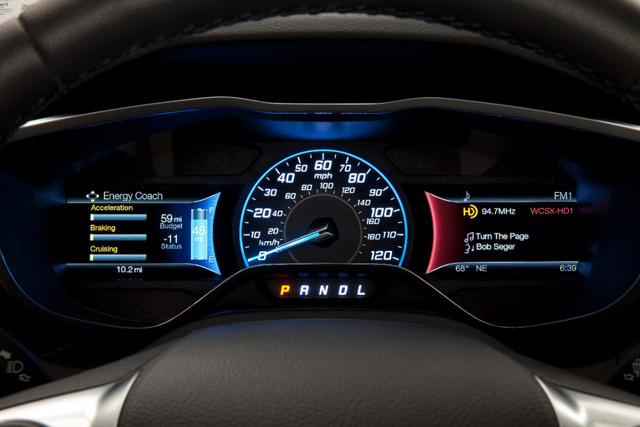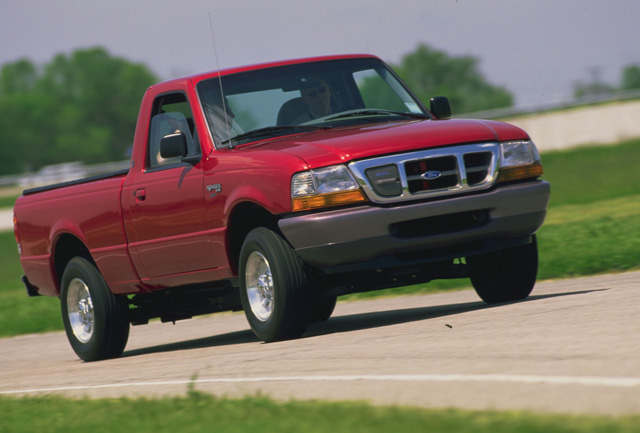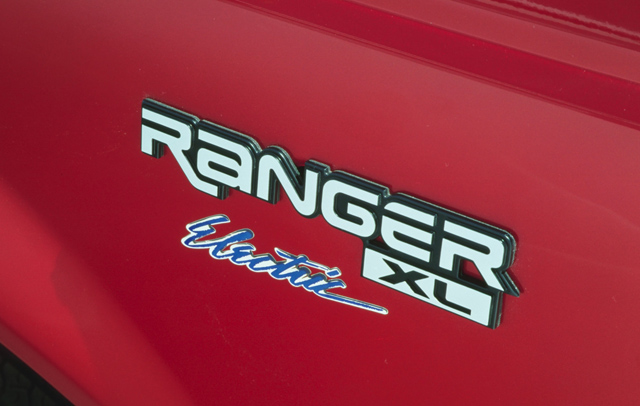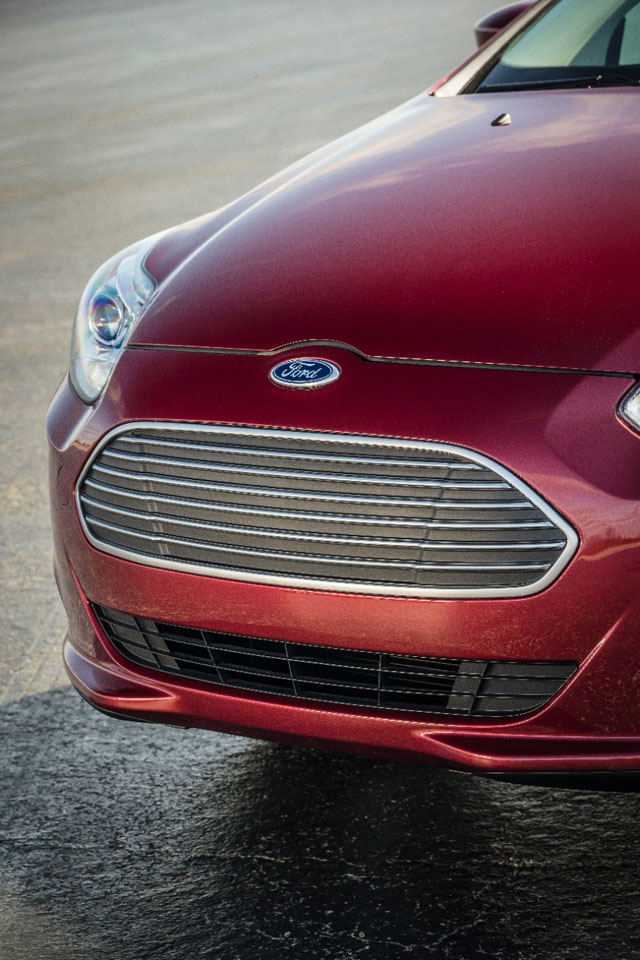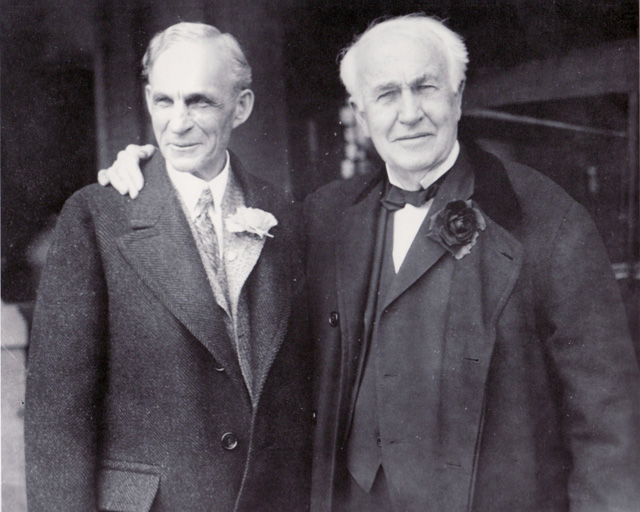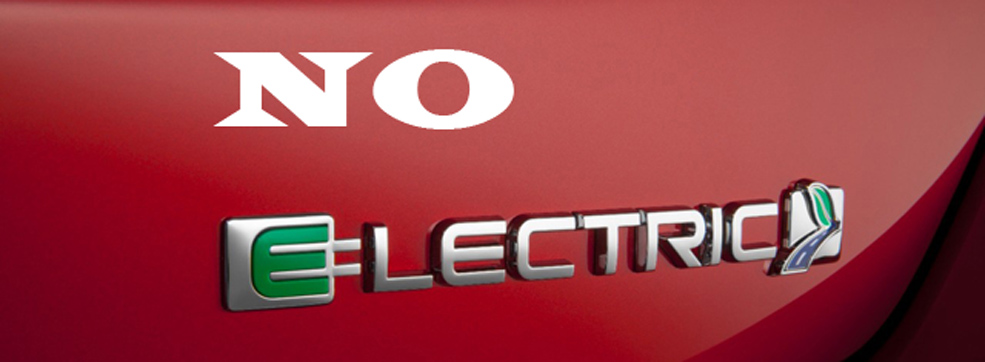Ford Needs to Pull the Plug on All-Electric Vehicles
Henry Ford and Thomas Edison were life long friends. The two men once made a bet over which form of energy would fuel the future. Ford bet on oil powered machines and Edison placed his bet on the electric car.
Ford won that bet for the 20th-Century. But as we move further into the 21st-Century, all-electric vehicles are moving into the fast lane. And it looks like Edison may have actually won the bet in the long run.
But don’t count Ford out just yet. Parking structures around the country may be equipped with reserved parking spaces for electric vehicles (EVs), but it’s still going to be a long time before Edison can cleanly say he won this bet. At least, I don’t think it’s going to happen in this century.
Here’s why:
THEY DRIVE OK….
I’ve driven all kinds of gas-powered vehicles, a number of all-electrics (ones that need to be plugged in) and hybrids (a combination of the two.) I’ve also driven hydrogen-powered vehicles, but let’s not go there – for now. For the purpose of this story, I’m focusing on all-electric: cars and trucks that plug into a power source in order to recharge the batteries that power the vehicle. Not hybrids; vehicles with both gas and electric engines.
Electric cars, trucks, motorcycles and even scooters are silent storms and can be a real blast to drive. You can lay some serious rubber with the instant torque of many of the models available today including the Ford Focus Electric.
And you can still speed, blast the stereo, crank up the air-conditioner and do everything you can do in a gas-powered ride. That’s all well and good. Except…
BUT THEY CAN’T GO VERY FAR
For a full eight-hour charge or more, the distance you can travel is still under 100 miles for EVs that sell for less than $65,000. And your mileage can vary drastically depending on your vehicle’s battery pack and your driving habits. For example if you enjoy putting along slowly and rely on a regenerative braking system to eek out a few extra miles, there’s more electric power for you. (Woo-hoo.)
But if you like to start and stop and gun it out of a red light — in other words, if you’re a lead foot — then it gets really bad. You then have a vehicle that will last you roughly an hour. And then what? You are stuck wherever you end up recharging it for two, four or eight hours.
That driving range hasn’t changed for decades. In fact, it’s nearly the same as you would get way back in Thomas Edison’s days.
NOT ALL EVs ARE CREATED EQUAL
To be fair, Tesla Motors has made more headway than most manufacturers of late. They are creating cars that have a range of roughly 200-300 miles. And they have claimed to have developed a system that will allow drivers to change out their batteries at future planned charging stations, rather than sitting around waiting for a charge. It was announced with much fan fair but we are still waiting.
But the cars are expensive (upwards of $70,000). And they still have some chronic reliability problems with the S Model, according to Consumer Reports.
NOT FOR ROAD LOVERS
I don’t know about you but I love to drive. I’ve driven back and forth across the U.S. at least a dozen times. We are, after all, the country that pretty much invented the road trip. We drive because we like the act of driving. (Not because we like staying at Motel 6.)
Have I run out of gas? Sure, who hasn’t? But with an all-electric vehicle what do you do when you run out of juice? Find a charging station at the next exit? Swap out your batteries in 90 seconds? Good luck with that.
EVs HAVEN’T EVOLVED ENOUGH
I had the opportunity to test drive a brand spanking new Ford Electric EV Ranger back in 1998 when I was working for the New York Daily News. It was a full-size truck and I picked it up from Ford’s Manhattan garage on a full charge.
The EV Ranger was a smooth, fast, pickup and a real solid ride. It sold for about $28,000 new and was built with commercial fleet customers in mind. And it did not look like a glorified golf cart. It was designed to be Ford Tough. On the outside, the electric Ranger looked exactly like any truck with an internal combustion V6 or V8. Under the hood, all you saw was auxiliary electronic gear.
The electric motor and its electronic components were located in the rear under the flatbed. A charging plug was located on the front grille and required a special charging station that cost an additional $700 at the time.
The battery could be charged to 80% in under four hours and a full charge took six to eight hours. In between juice-ups, the Ranger could roll 60 miles at a top speed of 75 mph. It could also go 0-50 in about 12 seconds.
I happily drove it out to nearby New Jersey for a photo shoot near some high power electrical lines. I thought it would make a good backdrop to showcase the powerful pickup and a great spot to get a little off-roading in at the same time.
It drove like a pickup should but it also had a few unique and different gauges like the most important one – a “distance to empty” gauge.
That gauge became an eyesore as I sat in rush hour traffic trying to get back into Manhattan during rush hour on a nearly empty charge in the Lincoln Tunnel. I had visions of the battery dying somewhere under the Hudson River. Talk about a white-knuckle experience.
I returned the electric Ranger in a cold sweat and had serious doubts about electric vehicle feasibility for many years afterwards. Ford eventually recalled the entire fleet of EV Rangers in 2004 but a number of private owners still cherish and curse theirs to this day.
IT JUST GOES DARK
Recently, I tested a Mitsubishi i-MiEV and I had a similar experience. Except this time I was stuck in rush hour traffic in Los Angeles and I had about a mile left on my charge. Again, I white-knuckled it back all the way to the charging station.
I somehow managed to return that vehicle on zero without having to call a tow truck. But here’s the difference with EVs and gas-powered ones…when you run out of gas you can coast a bit and then push it to the nearest gas station. But trying finding a charging station when you need one. They are still few and far between.
When an EV completely loses power, it shuts down. The power steering shuts down. The electric windows don’t work. There is barely any time to pull over. There is no time to get out of the way. See Jalopnik‘s How To Brick an Electric Car here.
THE INFRASTRUCTURE ISN’T THERE YET
Yes, there are way more charging stations around today, especially in states like California. But then there is the question of waiting for a charge. If you need to wait eight hours to drive 80 miles, then you’re going to be spending an awful lot of time next to the plug.
AND THE ROLL-OUTS HAVE BEEN BUMPY
In 2010, the Ford went into business with electric vehicle company Azure Dynamics to produced the Ford Transit Connect Electric. That abruptly ended when Azure went belly up and filed for bankruptcy in 2012.
The two-passenger van retailed for $57,400 (double the price of a gas model) and had a top speed of 75 mph and a range even worse than the Ranger EV: 56 miles on a charge. (The company had touted the range at 80 miles.)
Then there’s the case of the Electric Focus. That car was introduced in 2012. It was redesigned to compete against the Nissan Leaf and the Chevy Spark Electric. The five-door hatchback uses a 107-kilowatt (143 horsepower) motor, has a 76 mile range and retails now for $35,170.
Because of its 650-pound battery pack the little car weighs a staggering 3,642 pounds. As a point of comparison: the new-aluminum 2015 Ford F-150 SuperCrew weighs 4,475 pounds. That’s just an 800-lb difference between a super-large truck and a little people mover — with no storage space because the batteries hog it all up.
WANT TO SAVE GAS? GO HYBRID
For now, if you want to be gas conscious, but actually need to go places, hybrid is the way to go.
Ford hybrids like the Fusion Hybrid and CMAX Energi (no plugs) seem like a safer bet if you don’t want to end up stranded on the side of the road because you can always stop for gas and fill up. (You can read more about those here.)
Gas stations are plentiful and charging stations? Yeah, right.
WHICH MEANS…
We have still have a long way to go. We could all be driving EVs in fifty years but that doesn’t seem likely. For now, I’m still placing my bet with Ford.
Should Ford stop making all-electric vehicles? Tell us what you think in the forum.>>


